California Calling
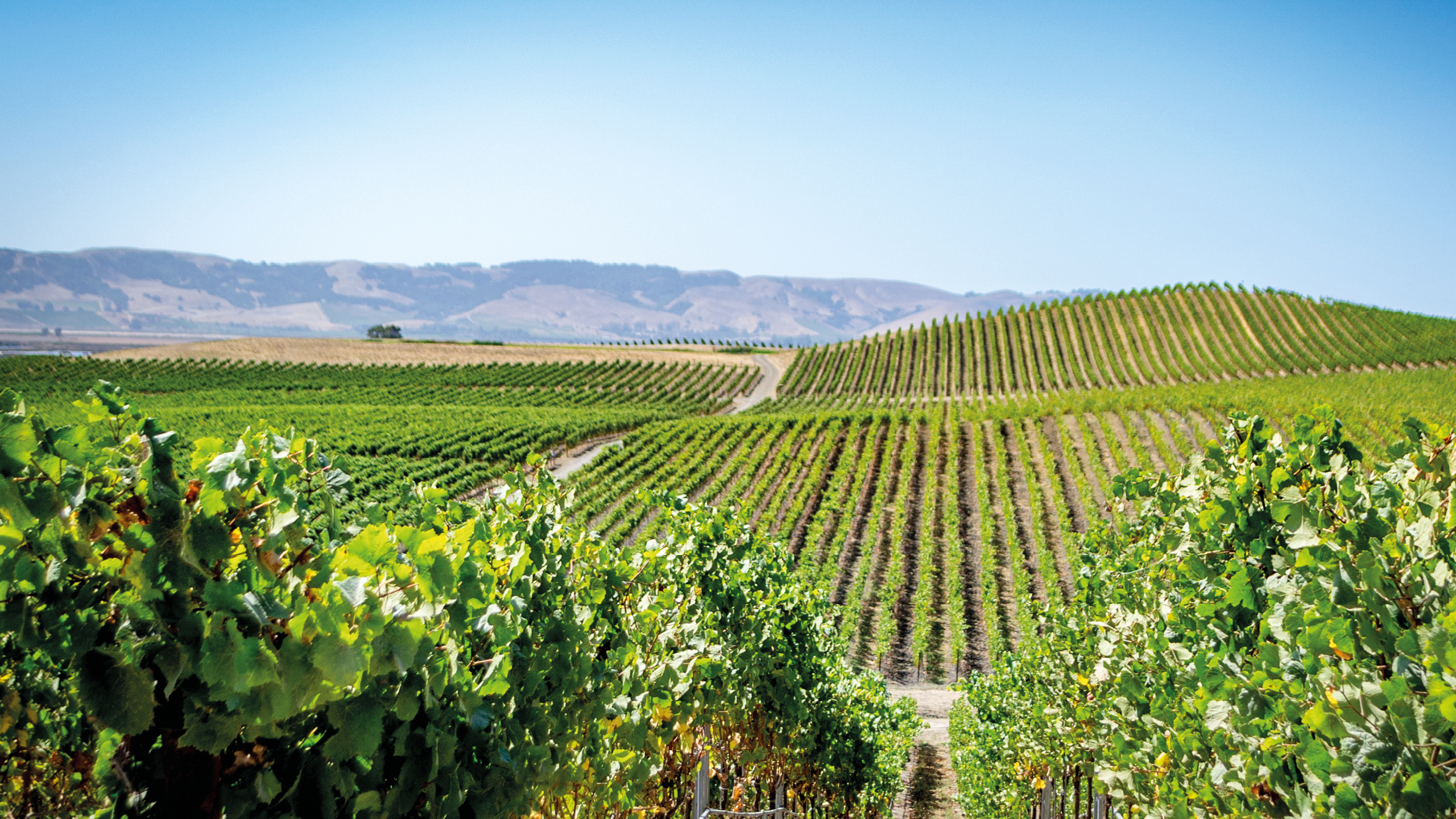
What does Californian wine mean to you? For some of us it could be the Paul Masson one-litre carafes that made useful vases for student flats. The wine was less good quality than the carafes, which are still available on eBay. Others might think of ‘blush’ wines, slightly sweet and deeply coloured, now distinctly unfashionable with the trend for pale Provence-style rosés. As the biggest wine-producing state in the US, California makes a wide range of wines – from branded wines such as Blossom Hill, which is one of the biggest sellers in the UK, and Barefoot, not to mention Dark Horse and countless others, to top-end, big, full-bodied cabernet sauvignons from iconic producers such as Napa’s Screaming Eagle. The latter wines are sold only to mailing-list members in limited quantities for hundreds or even thousands of dollars a bottle.
Wine in California has a long history. Vines were first planted by Spanish missionaries in the 18th century, establishing missions as they travelled up the state with wine being required for religious sacrament. More varieties were imported by immigrants from Europe, who brought vine cuttings with them as a reminder of home. The industry was hit hard by prohibition in the 1920s when vineyards were dug up, although grape juice for home winemaking could still be sold.
However, it was an event in 1976 that brought Californian wines to global attention. At a blind tasting in Paris organised by English wine expert Stephen Spurrier, Californian wines surpassed those of Bordeaux, causing uproar in French wine circles. If you want to know more, the film Bottle Shock (2008) starring Alan Rickman is worth watching.
Perhaps fittingly, in the state that’s home to the world’s film industry, another movie is responsible for a change in a grape’s fortune. In Sideways (2004), two men embark on a pre-nuptials trip through the Santa Barbara wine region. The highlight of the film comes when Miles explains his love for pinot noir and why he will no longer drink any more… merlot. This led to an unrelenting consumer demand for pinot noir, while doing little for the reputation of merlot, although California produces many fine single varietal and blended versions of the latter.
Always read the label
The wide range of grape varieties in California can make choosing the right wine difficult. The first thing to look for on the label is the grape. California produces superb pinot noir from cool-climate areas, including Russian River and Sonoma coast. If you are looking for a fuller-bodied red, then cabernet sauvignon from Napa or warmer parts of Sonoma will fit the bill. They tend to be full bodied with concentrated ripe fruit. Zinfandel is the signature grape of the area, as it is not grown anywhere else in the world except Puglia, Italy, where it’s known as primitivo. Look out for wine labels talking up old vines – these venerable plants yield fewer grapes, but create more fruit intensity and concentrated flavours. ‘Zin’ is also used to make rosé wine, much of which is inexpensive and of reasonable quality.
Blowing hot and cold
Chardonnay dominates white wines in California, used for both still and sparkling wines. Good areas of interest include Napa, where the location of the winery will influence the wine style: cooler sites as a result of chilly ocean breezes or San Francisco’s notorious fog result in higher acidity; warmer vineyard locations result in increased ripening and characteristic tropical fruit aromas and flavours. Sauvignon Blanc is widely planted in cooler sites and, unusually, some is fermented in oak with wines called fumé blanc. It is said that the oak gives more complex flavours and characteristic smokiness, although confusingly some producers use this term for unoaked wines.
Traditionally, California’s warm climate led to predictably high alcohol levels – 15–16% ABV – but in recent years winemakers have responded to the lower alcohol trend by harvesting earlier (meaning grapes will have slightly lower sugar levels, leading to less alcohol at fermentation).
Sparkling wines from California can be excellent, with Champagne and Cava houses such as Moet & Chandon and Gloria Ferrer buying land in northern California in the 1970s. Labels established before 2006 are allowed to call themselves Californian champagne, much to the wrath of France’s Champagne region. Grapes for premium sparkling wines are best grown in cool areas, including Anderson County and the Russian River area
of Sonoma, also a good source of quality chardonnay.
Pack your bags
The US market has complex regulations, making the selling of wine across states challenging, but direct sales are much easier. Many small and medium-sized wineries have high-end tasting rooms and wine experiences to encourage cellar door sales. If you are planning a trip, Sonoma is less touristy than Napa, although the Mumm winery in Napa is worth a visit for its beautiful setting and insight into traditional-method sparkling wine. Santa Barbara in the south has established wine routes.
The UK market for California wines tends to be polarised between the large production brands and high-end expensive wines. This relates to high import taxes and the US’s strong domestic market. We have picked some easily available Californian wines for you to try, although we have nothing inexpensive to recommend. Perhaps the best option is to plan a holiday in California and arrange some tastings as you travel!
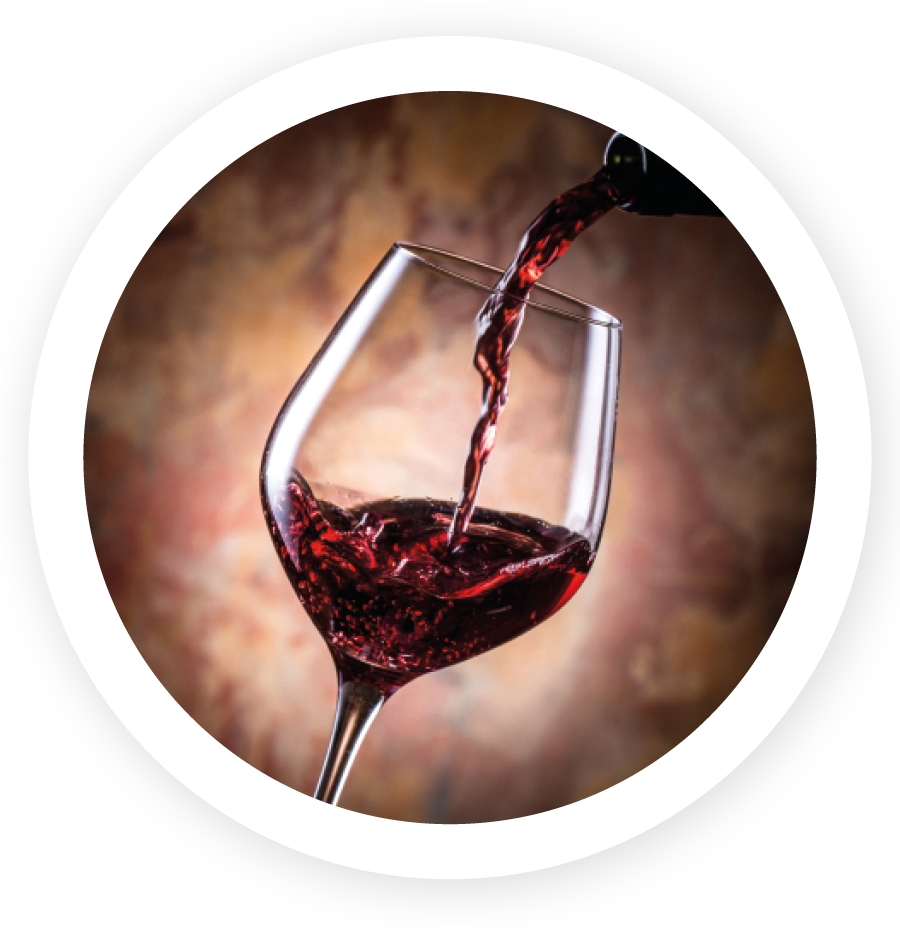
Tasting notes
You’ll be California dreamin’ with these four US wines
Brazin Old Vine Zinfandel Lodi
Available from Waitrose (£15.99)
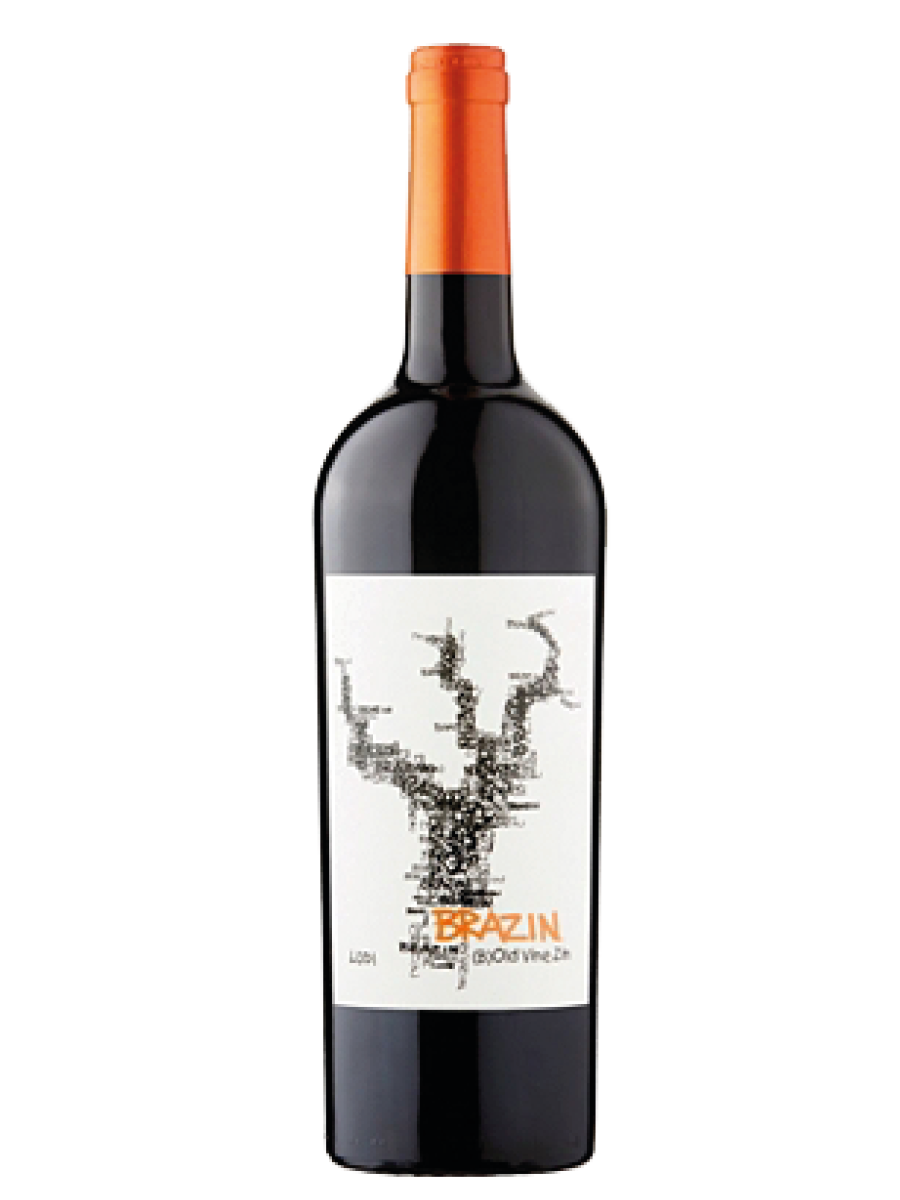
A full-bodied wine with spicy aromas and chocolate notes. There’s lots of black fruit on the palate and well-balanced tannins. Would pair well with BBQ food such as pepper steak. It is high alcohol, so better with food and for sharing.
Quartet Anderson Valley Brut, Roederer Estates NV
Available from the Wine Society (£32.99)
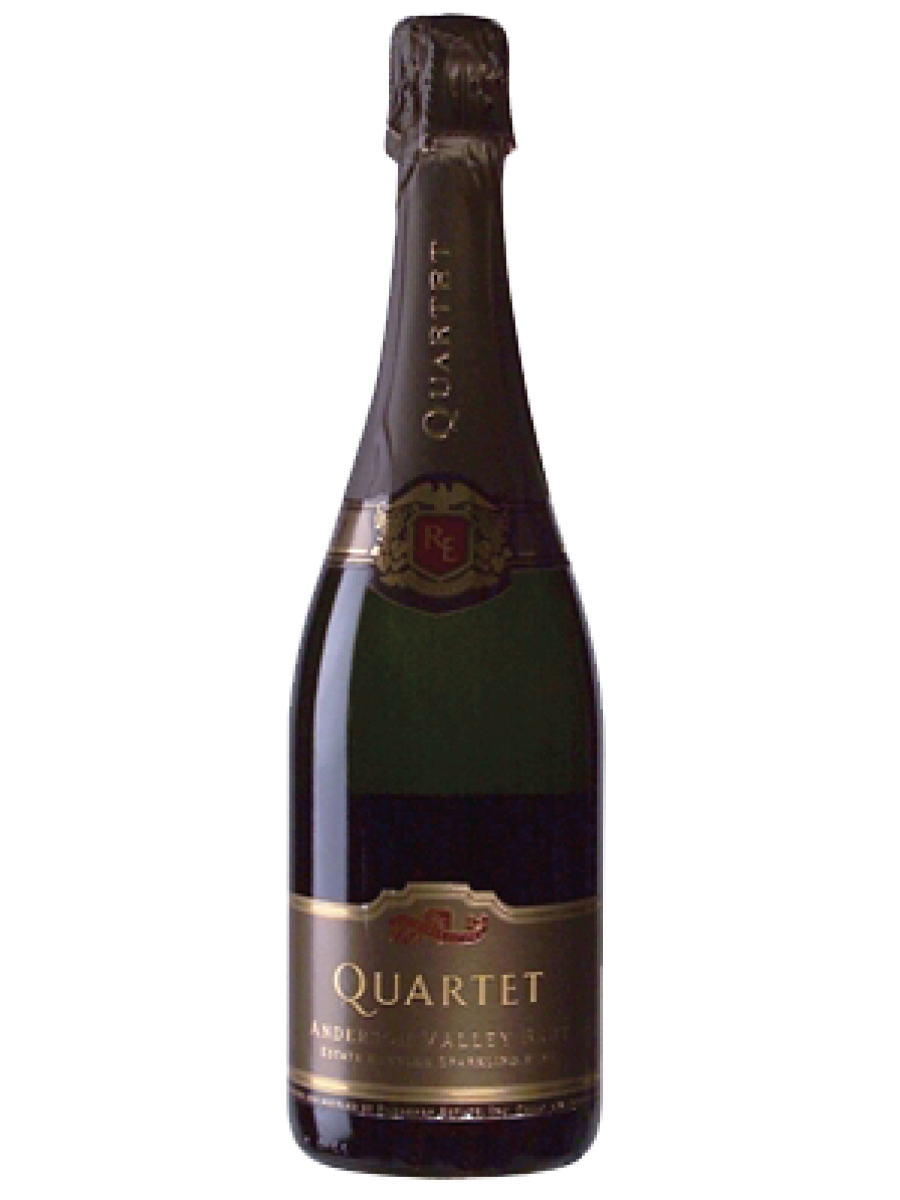
This came up at our blind tasting exam and fooled many candidates who thought it was a genuine Champagne. Made by Champagne house Louis Roederer, who established this estate in 1982, it has high acidity with toasty creaminess and complexity, bright fruit, with mellowness and mature fruits from the 15% oaked reserve wine, adding to the flavour complexity.
De Loach Sonoma County Pinot Noir 2020
Available from Specialist Cellars (£18.50)
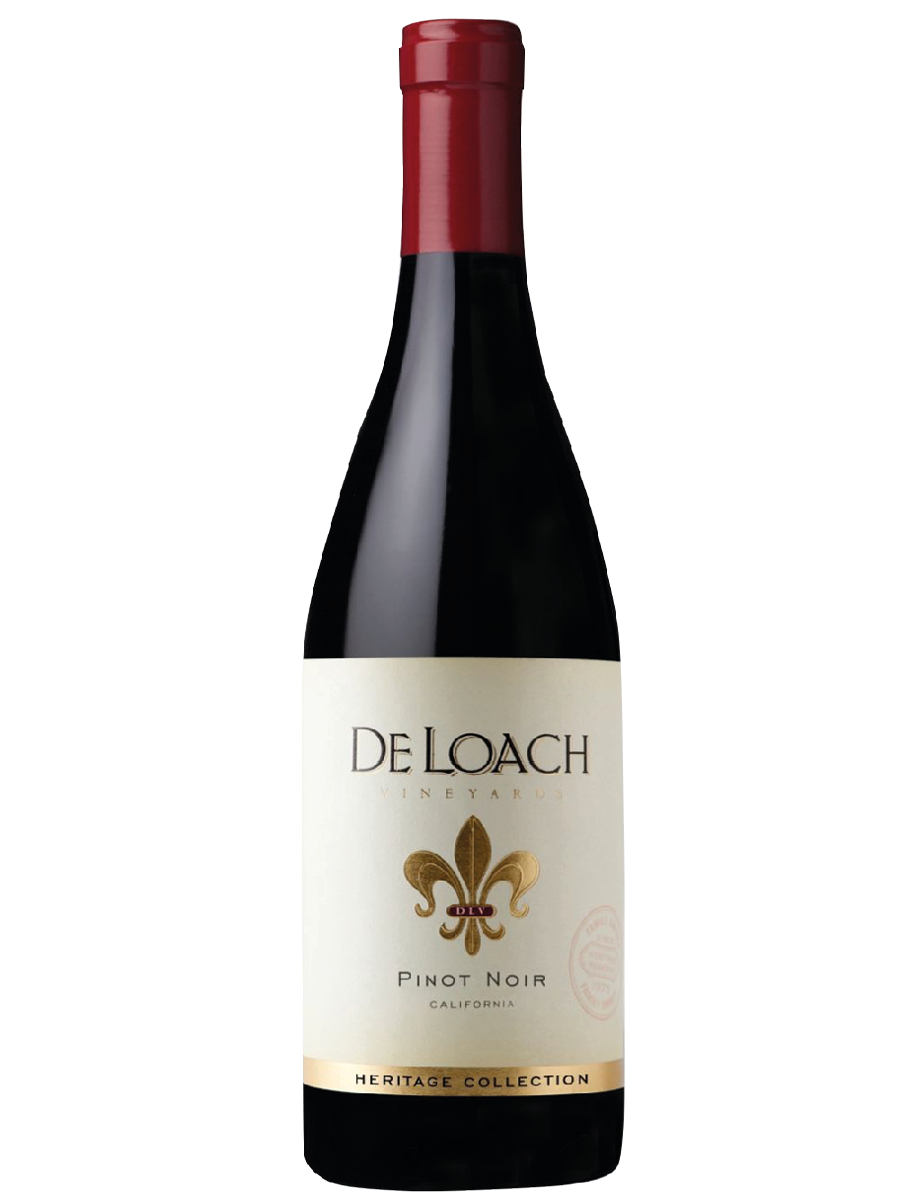
Some family Burgundian winemaking experience here in a beautifully concentrated red cherry expression from a top Sonoma producer; it’s all about red fruit and precision, with any oak kept well in the background.
Frei Brothers Sonoma Chardonnay
Available from Waitrose (£17.99)
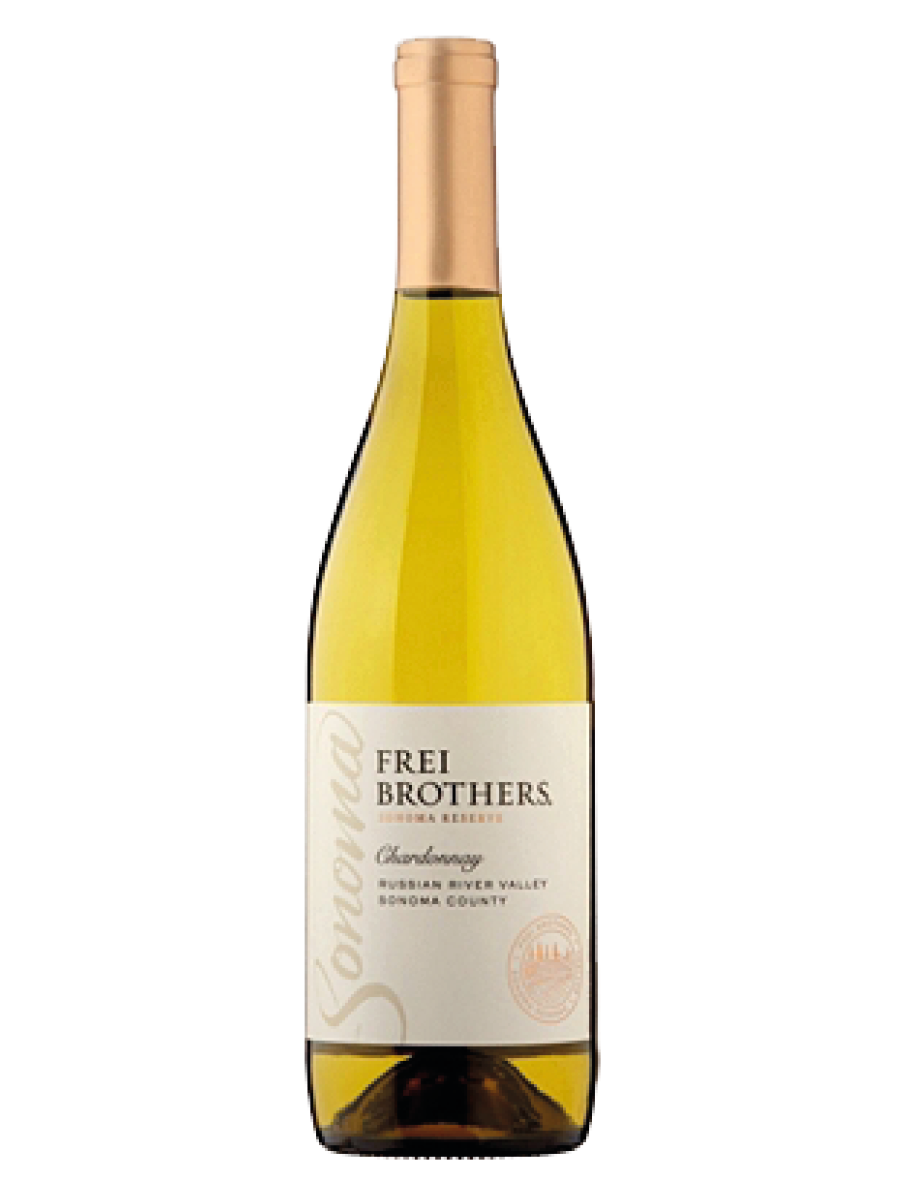
A classic Californian chardonnay, ripe with lemon and stone fruit character and with a creamy texture, without being too heavy, although detective tongues may pick up a touch of residual sugar, often found in Californian wines with the domestic palate in mind.

